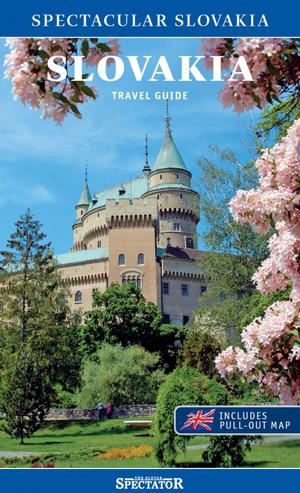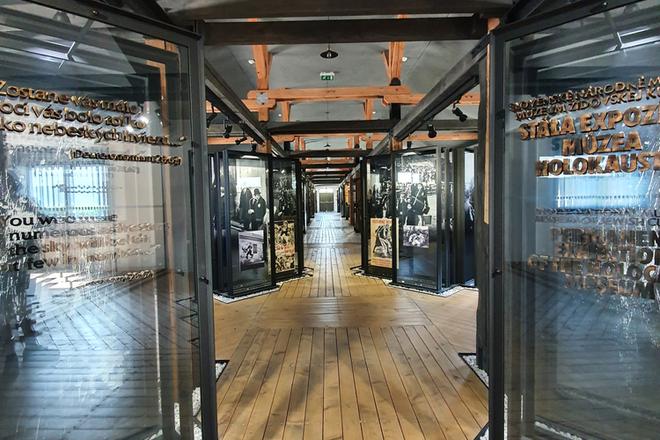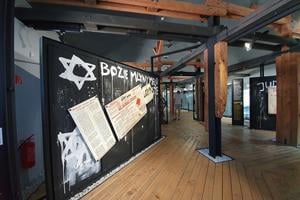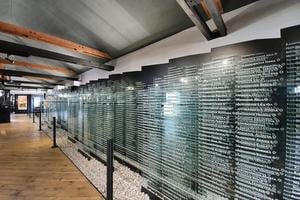Those who want to learn more about the Holocaust do not necessarily have to travel to Poland to visit the Auschwitz and Birkenau concentration camps.
 A helping hand in the heart of Europe offers for you Slovakia travel guide.
A helping hand in the heart of Europe offers for you Slovakia travel guide.
In 2016, Sereď, a town of 15,500 inhabitants in the southwest of Slovakia, opened the Holocaust Museum, the first of its kind in Slovakia. Located on the premises of a former work and concentration camp, it is just 60 kilometres from Bratislava.
The expositions are situated in five reconstructed barracks, providing visitors more information on how the Nazi-allied Slovak state created during World War II treated the Jewish population.
The town of Sereď prepared the expositions in cooperation with Slovak historians, experts from Israel and the Holocaust survivors who spent some time in the labour camp in Sereď.
What is on display?
The information, both in Slovak and English, reveals details about the Jewish Code (adopted in 1941) and its consequences for Jews living in Slovakia, including the deportations. Glass panels with the names of those sent to the concentration camps abroad are also featured.
In addition, visitors can learn more about the labour camps and centres situated on the territory of Slovakia during WWII, the southern parts of the country that were a part of Hungary during the war, and the concentration camps abroad. One entire barrack is dedicated to the camp in Sereď, where some 16,000 Jews were sent. They were first forced to work for the state, for example in the carpentry workshop. There are also boards with the stories of some Jews who were sent to the camp and survived.
The Holocaust Museum
Open: Sun-Thu 9:00-16:00
Ticket price: €5 (adults); €2 (pictures)
The personal belongings of Jews who were sent to Sereď along with documents from that era are also on display. The exhibition presents the stories of people who risked their lives by helping Jews who were honoured by the Yad Vashem, Israel’s Holocaust memorial, as the Righteous Among the Nations. Visitors can also see a memorial room where the names of Jews deported from Slovakia are read.
Between the first two barracks stands a wagon that was used to transport Jews to the Auschwitz concentration camp.
Last but not least, visitors can look at the newspapers in circulation during that time. The two main ones were the Slovák and the Gardista, used by the Slovak state to spread its propaganda.
Spectacular Slovakia travel guides
A helping hand in the heart of Europe thanks to the Slovakia travel guide with more than 1,000 photos and hundred of tourist spots.
Detailed travel guide to the Tatras introduces you to the whole region around the Tatra mountains, including attractions on the Polish side.
Lost in Bratislava? Impossible with our City Guide!
See some selected travel articles, podcasts, traveller's needs as well as other guides dedicated to Nitra, Trenčín Region, Trnava Region and Žilina Region.



 The Holocaust Museum in Sereď gives people an idea of how the life of Jews looked in wartime Slovak state. (source: Radka Minarechová)
The Holocaust Museum in Sereď gives people an idea of how the life of Jews looked in wartime Slovak state. (source: Radka Minarechová)


